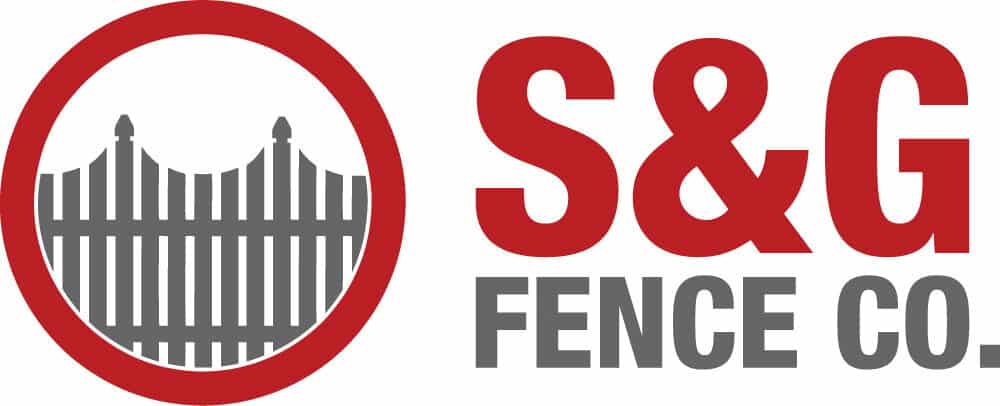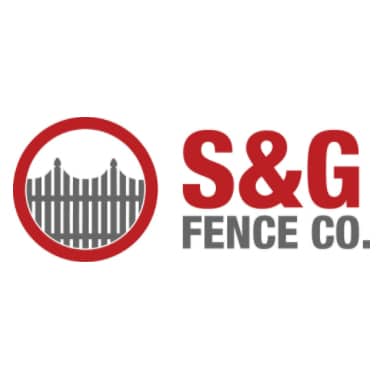When it comes to the average cost of a wood fence, several details can influence the overall price. Some of the most important pricing factors are the type of wood used for the fence and the linear feet to be installed.
Different types of wood have varying costs associated with them, depending on their availability, durability, aesthetic, and appeal. Common types of wood used for fences include pressure-treated pine, western red cedar, and Japanese cedar.
Of course, how much fence your project requires is also a key pricing factor. This is typically measured in linear feet – the measurement of the span of area where fence it to be installed. Corners and gates also add to the measurement of your fence project.
For the most accurate pricing information, contact us at in Columbus, OH. We will provide an accurate fence project quote based on your specific requirements and project location.
Wood Fence Installation Cost Breakdown
When considering the installation of a wood fence, it’s important to understand that the overall cost can fluctate due to numerous factors that come into play. These components include the size of the fence, its height, the intricacy of the design, and the specific region. In addition to these aspects, labor costs can also vary significantly based on the project complexity and installation requirements.
The size of the fence has an impact on the total expenses involved in its installation. A larger fence will naturally require more materials, such as wood boards, wood posts, and fence and gate hardware. Consequently, the cost will increase proportionately with the amount of material required. It’s worth noting that the size of the fence can be determined by the length of the perimeter you wish to enclose or specific dimensions you have in mind.
Western red cedar is known for its durability and natural beauty. The cost of western red cedar depends on the grade and quality of the wood you choose. Higher-grade western red cedar will generally cost more.
The regional location plays a significant role in determining the average cost of a wood fence. Prices can vary from one area to another due to factors such as local availability of wood, transportation costs, and regional demand. For instance, if you’re in an area where wood is abundant and easily accessible, the cost may be relatively lower compared to regions where wood is scarce or needs to be imported.
Fence Height
The height of a fence is one of the factors that can influence its price. The taller the fence, the more materials will be required to build it. Building a taller fence also requires more labor compared to a shorter one.
A taller fence may require a deeper and stronger foundation to ensure stability and durability. In some areas, there are regulations regarding fence height. This includes the number of posts, panels, pickets, or, if the fence includes wiring, rolls of wire will also be included in material costs. The cost of these materials will increase as the height of the fence increases. Installing taller fence posts, handling longer panels, and working at greater heights may take additional time, effort, and special equipment which all effect overall fence costs.
In addition to taller fences requiring longer posts and additional materials to ensure stability and durability, taller fences may also require special considerations, such as permits or adherence to local building codes, which can impact the overall cost of your fence.
This might involve additional excavation work and the use more robust, reinforced footings. These factors can contribute to increased costs. If you plan to install a fence above a certain height, it may require obtaining permits or adhering to specific guidelines, which can involve additional paperwork and fees.
Overall, taller fences generally require more materials and labor, which can lead to higher costs. The design complexity of the fence is also an important consideration. If the design involves intricate patterns, curves, or decorative elements, it may require additional effort and expertise, thus increasing the overall cost.
Number of Fence Posts
Wood fence posts are essential for supporting the structure. The number of posts required will depend on the length of the fence and the spacing between the posts. Lumber costs can vary based on region and current market. Wood fence posts can cost depends on their size, quantity purchased, lumber market, region, wood type, and quality of material.
The spacing between fence posts depends on factors like the type of fence, local building codes, and the desired level of strength and stability. Common spacing options range from 6 to 8 feet (1.8 to 2.4 meters) apart.
Furthermore, the size of the area being fenced can impact the cost. Larger areas require more materials, such as wooden panels, posts, and hardware, leading to higher expenses. Additionally, the shape of the area can influence the complexity of the installation process, which may further effect the overall cost.
Another factor that may determine the number of posts needed is your installation area. This can include buried utilities, sprinkler systems, number of corners needed, number of gates needed, structures to fence around, and surface/ground conditions – rocks in ground, soil condition, concrete, other obstructions.
Wood Fence Style
The cost of a wood fence is influenced by several factors, and among them, the design plays a significant role. If you have a particular pattern or style in mind for your wood fence, it may require more labor and expertise to construct. Intricate designs often involve custom cuts, precise measurements, and additional craftsmanship, all of which can contribute to higher costs. Conversely, simpler designs tend to be more cost-effective.
A wood fence’s overall cost can vary significantly based on multiple considerations. These include the chosen style of the fence, the type of wood used, the fence’s height and length, regional pricing disparities, and any additional features or customization you desire.
For those seeking increased privacy, privacy fences are an ideal choice. These fences are typically taller and feature solid wood panels that overlap to enhance seclusion. Styles like board-on-board and shadow box fall into this category. Due to their added materials and construction complexity, privacy fences tend to cost more than picket-style wood fencing, where the pickets are spaced further apart.
Picket fences, on the other hand, are characterized by evenly spaced pickets that can come in various decorative shapes or tops. As the spacing and style options vary, picket fences generally cost less than privacy fences. However, if you opt for more intricate designs, the cost may surpass that of a privacy fence.
Quick Reference For Wood Fence Cost Factors
If you are looking for a quick reference guide for the factors that affect wood fence costs, here is a brief overview of the most common influences:
Fence Style
The chosen style of the wood fence significantly impacts its cost. Simple designs like basic picket fences tend to be more affordable, while more elaborate styles, such as privacy fences with intricate patterns or custom designs, may be more expensive due to the additional labor and materials required.
Type of Wood
Different types of wood have varying costs. Common choices for wood fences include pressure-treated pine, western red cedar, and Japanese cedar. Japanese Cedar is typically more expensive but offers greater durability and resistance to decay, while pressure-treated pine is more budget-friendly.
Fence Height and Length
The height and length of the fence directly affect the overall cost. Taller and longer fences require more materials and labor for construction, making them pricier than shorter or smaller ones.
Regional Pricing
The cost of materials and labor can vary depending on the region or location. Factors like local availability of wood, transportation costs, and market demand can lead to regional pricing variations.
Fence Accessories and Customization
Additional features, such as decorative elements, custom designs, or special finishes, can increase the overall cost of the wood fence.
Labor Costs
The complexity of the fence design, along with the local labor rates, can impact the overall labor costs. Intricate designs, slopes, or challenging terrains may require more time and expertise, contributing to higher labor expenses.
Preparation and Site Conditions
The condition of the site where the fence will be installed can also influence costs. Clearing vegetation, addressing uneven terrain, or dealing with obstacles might require additional preparation work, affecting the overall expenses.
Fence Staining or Painting
If you plan to stain or paint the wood fence, the cost of these additional materials and labor should be considered.
Seasonal and Market Fluctuations
The prices of wood and labor can vary based on market conditions, seasonality, and overall economic factors.
Contractor Expertise
The experience and reputation of the fencing contractor can affect the pricing. More experienced contractors might charge higher rates but offer better craftsmanship, better warranties, and better results. In addition to their extreme value as a fence professional, they also typically have business insurance and procedures that ensure your project is in good hands.
Maintenance Costs
While not directly related to the initial installation cost, it’s essential to consider the long-term maintenance expenses of the chosen wood type, as some woods require more frequent upkeep than others.
How To Get The Most Accurate Cost For Wood Fence
It’s essential to note that the prices of wood fences can fluctuate over time due to market conditions and other factors. Changes in the cost of raw materials, labor, and economic aspects can lead to variations in the pricing of wood fences. Therefore, it is advisable to request a quote as early as possible to better understand your budget and to consider current market conditions when planning for a wood fence installation.
Online estimates for wood fences can vary based on location, the quality of materials used, the complexity of installation, and other specific project factors. For accurate and tailored estimates, we recommend reaching out to us to schedule an on-site quote. During this process, we can survey your property, discuss fence material options, and create a precise wood fence estimate that aligns with your specific needs and preferences. Our team of experts is dedicated to providing you with the best possible solution for your wood fence requirements.


